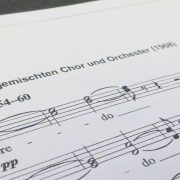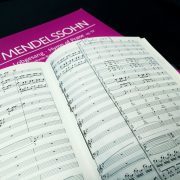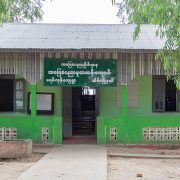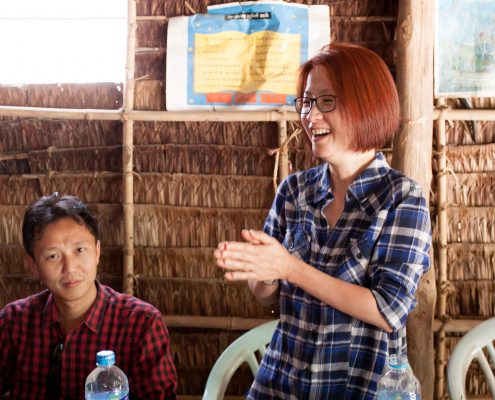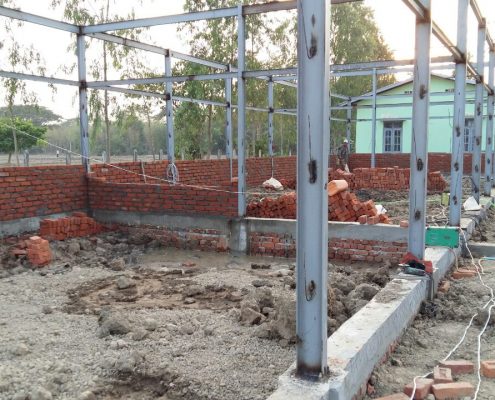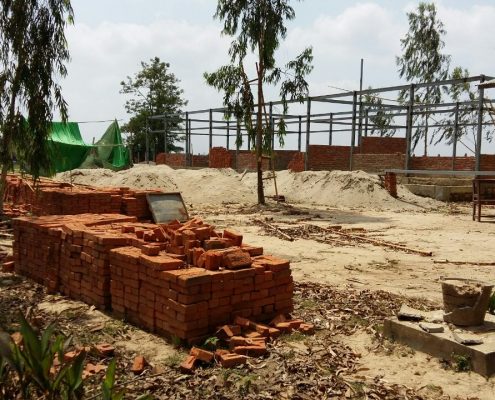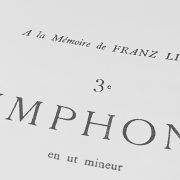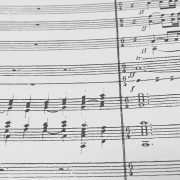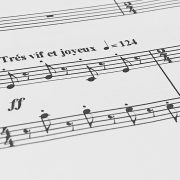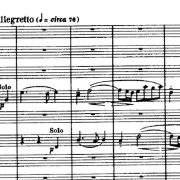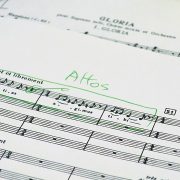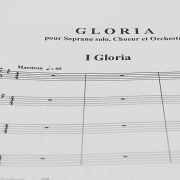Esenvalds’ Northern Lights: A sense of wonder through music
How can a composer evoke in music the sense of wonder, bewilderment and excitement one feels when they first see in person the elusive Aurora Borealis – the Northern Lights? Latvian composer Ēriks Ešenvalds did so by combining an ancient Latvian folk song imagining Kavi soldiers battling away in the skies with the diaries of explorers explorers Charles Francis Hall (1821-1871) and Fridtjof Nansen (1861-1930).
“Whenever, at night, far in the north / I saw the souls of the dead soldiers / having their battle up in the sky / I was afraid: what if they bring their war to my land, too?” The solo sings in Latvian as the choir describes in the explorers’ words the silence of the cold, dark arctic night before the Northern Lights burst out. Water-tuned glasses with their sometimes wobbly sound add to the mysterious atmosphere until the captain exclaimed: “come above, Hall! The world is on fire!”
As the explorer rushed up the stairs and swung open the door, the music burst into constantly moving and shimmering melodies just as the awe inspiring Northern Lights light up the sky. Between bouts of excitement the music calms down somewhat and the glasses return, now with the addition of chimes as the explorer muse on the beauty of the scene. Eventually tranquility returns, again with the Latvian text – “Cik naksnīnas pret ziemeli / Redzēj’ kāvus karojam” as the music gradually fades out and floats away like the elusive northern lights.
* Photo by Valerie Liauw
Come hear us perform Ešenvalds’ addictively beautiful Northern Lights with soloist Sandy Leung, Arvo Pärt’s Credo with world-renowned pianist Warren Lee, Mendelssohn’s Lobgesang and more in the upcoming Learners concert on September 23, 2017! Tickets now available at URBTIX outlets or online at http://www.urbtix.hk/internet/eventDetail/32901


